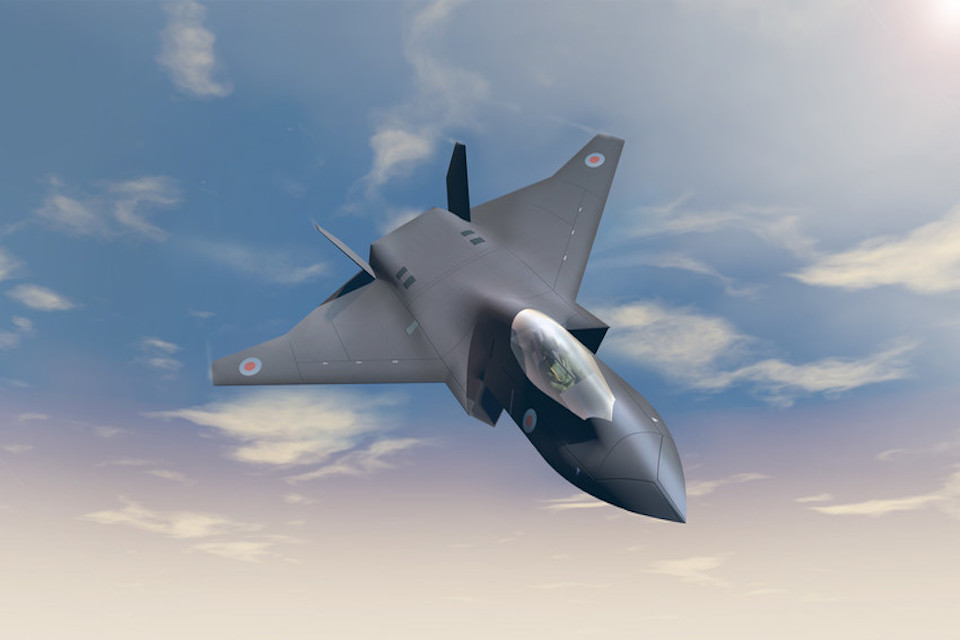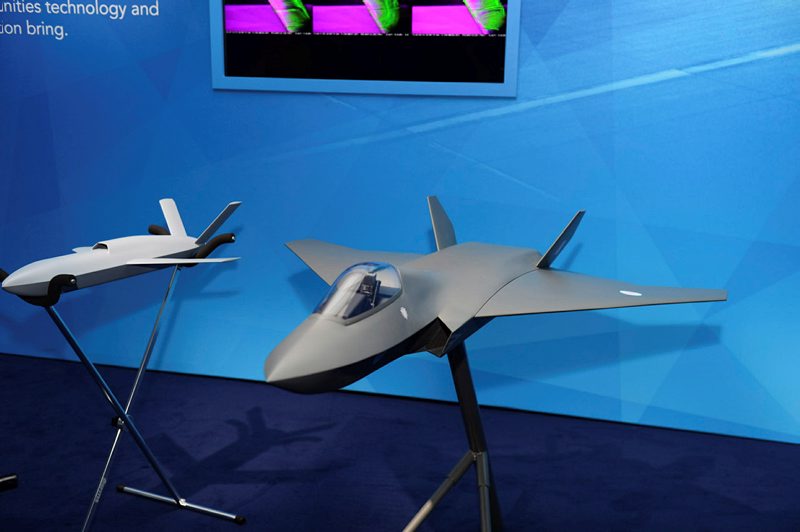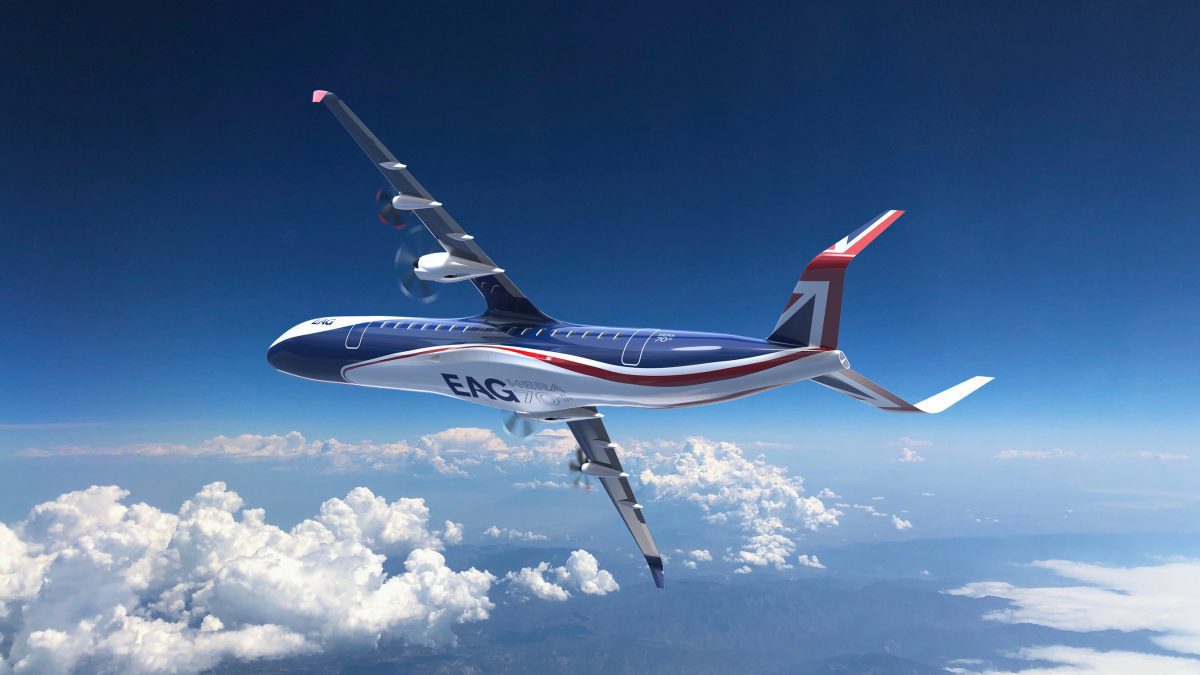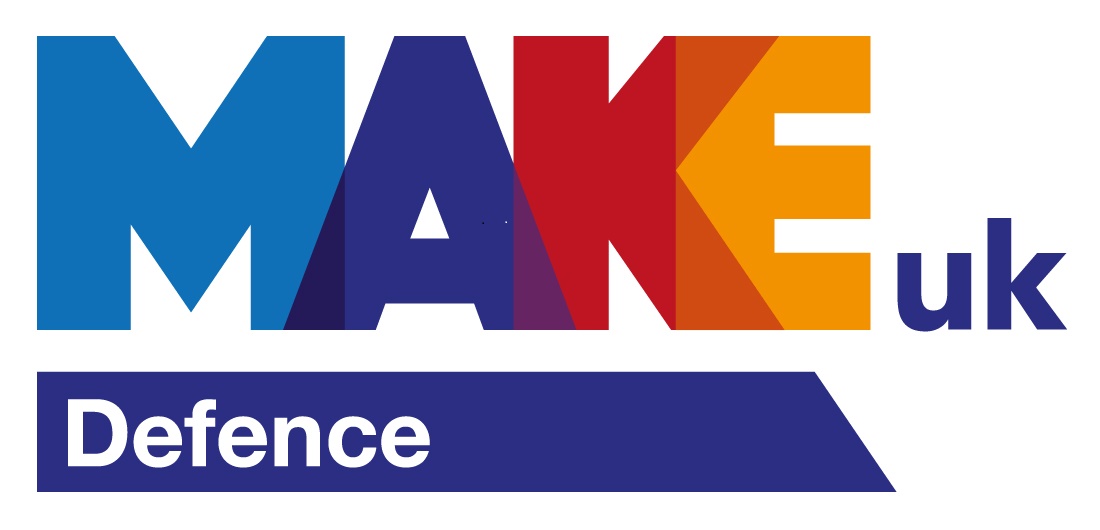Top Five Aerospace Industry Technology Trends in 2020
23.07.20


23.07.20

What we learnt from the recent virtual editions of the Farnborough Air Show (FIA) and Royal International Air Tattoo (RIAT)
International air shows are now as much about the business deals as they are about the aircraft on display, even more so when the event does not physically take place as was the case this year with Farnborough Air Show.
Due to the COVID-19 outbreak, large gatherings including air shows are for now not permitted to take place. As a result, organisers of two UK-based events that were due to be held in July turned to alternative ways to carry out a version of their respective shows.
The annual Royal International Air Tattoo was transformed into the ‘Virtual Air Tattoo’, an online broadcast including interviews, panel discussions and virtual flying (the virtual Red Arrows being a particular highlight here).
Farnborough on the other hand launched ‘FIA Connect’, an intensive schedule of briefings and panel sessions broadcast online over the week the biennial show was due to take place.
Anybody that has ever attended an air show for business will be familiar with the challenge of needing to be at one end of the airfield at one moment and the opposite end five minutes later; scheduling is a task that never seems to get any easier!
Having the briefings in one place that can be viewed from the comfort of your home is therefore advantageous, facilitating a better understanding of the scope of topics and news being discussed during the week.
Nevertheless, if you were not able to join any or many of the sessions available, we’ve rounded up what we consider to be five key top A&D industry trends in 2020:
One of the most exciting and talked about topics in military aviation in the UK – and indeed Europe – is next generation combat aircraft development. Be it manned or unmanned, the prospect of a sixth-generation fighter is a thrilling prospect for aviators, engineers and enthusiasts alike, and future combat air system – or FCAS – is the all-encompassing term used for the various international developments that are underway.
But what is Team Tempest? This is a partnership between the British government and industry to develop the technology required to deliver a sixth-generation combat aircraft, and on 20 July seven new partners were added to the team.
The government-to-government aspect of the programme – known only as Tempest – is tasked with defining the requirements for the project, and Italy and Sweden are both involved in this. To this end, it was also announced on 20 July that Saab – Sweden’s flagship defence prime contractor – was establishing an FCAS centre in the UK to support its participation in ongoing efforts.

The UK’s Tempest fighter and LANCA UAV (Crown Copyright)
Aviation is more technologically advanced than ever, but the industry is not resting on its laurels when it comes to future design, incorporating many disruptive technologies adopted from other industries to push the boundaries of what can be achieved.
One big headline from FIA Connect virtual air show was the unveiling of the Hybrid Electric Regional Aircraft, a proposed design for a 70+ seat environmentally-friendly airliner from Bristol-based Electric Aviation Group.
This launch coincides with a huge push in the aviation sector to reduce carbon emissions and attempts to solve the challenges associated with mass transportation. This has seen a big focus on electric and hybrid aircraft – both manned and unmanned – for what is popularly known as “urban air taxis”, also known as electric vertical takeoff and landing (eVOTL).
Car manufacturer Aston Martin, for example, has previously introduced a flying autonomous hybrid-electric vehicle concept for urban and inter-city air travel, the Volante Vision Concept.
Incorporation of artificial intelligence and further unmanned system adoption are also areas of interest. These developing markets will require infrastructure such as urban taxi ports and unmanned traffic management systems, and there is a lot of focus currently underway into how this is best conducted.

The Hybrid Electric Regional Aircraft from Electric Aviation Group (Copyright: HERA)
Whether it is a human mission to Mars or the commercialisation of space travel, space is a coveted aspect of the aerospace industry. There are numerous efforts underway to understand more of the universe and bring us closer to the vast scope of space, and many nations – including the UK – are keen to bolster their presence via the establishment of space agencies and ports to facilitate more activities in this domain.
In the defence realm, space is playing an increasingly important role in communications, intelligence and navigation for troops on the ground. During FIA Connect and RIAT, Airbus Defence and Space announced the signing of a £500 million contract with the UK Ministry of Defence (MOD) to extend and enhance the Skynet fleet of military communications satellites. This will include the launch of a new Skynet 6A satellite in 2025, which will be manufactured in the UK.
An industrial capacity for aviation typically requires a vast supply chain with many job opportunities throughout. Emerging markets are keen to grow their local industrial outputs so that they can support imported technologies, and aerospace OEMs are generally keen to support that via technology transfers.
On the other hand, there is also a drive towards job sustainment in traditional markets that have been involved in aviation engineering for many years, one example being the UK that has placed defence and aerospace high on its prosperity agenda. This agenda seeks to bolster job development in the UK, rather than rely on imports or other countries for expertise.
This has been a key topic of late – particularly in response to the hit that the aviation sector has taken from the COVID-19 crisis – with stakeholders exploring how to ensure recovery is enacted swiftly and safely and that new and existing jobs are supported.
Safety is clearly the primary requirement of the aerospace sector, although there are many more factors that are also constantly considered.
These include driving efficiencies across operations, mitigating cyber vulnerabilities, and ensuring that sustainability and the impact that the market has on the environment is balanced as much as possible.
These are areas of concern at all levels of the supply chain, from parts suppliers up to airlines. Each entity needs to remain on top of these concerns, many of which are keen to share their experiences with others in order to introduce best practices across the entire industry.


Signatories of:


Members of:



Innovation House
Molly Millars Close
Wokingham
RG41 2RX